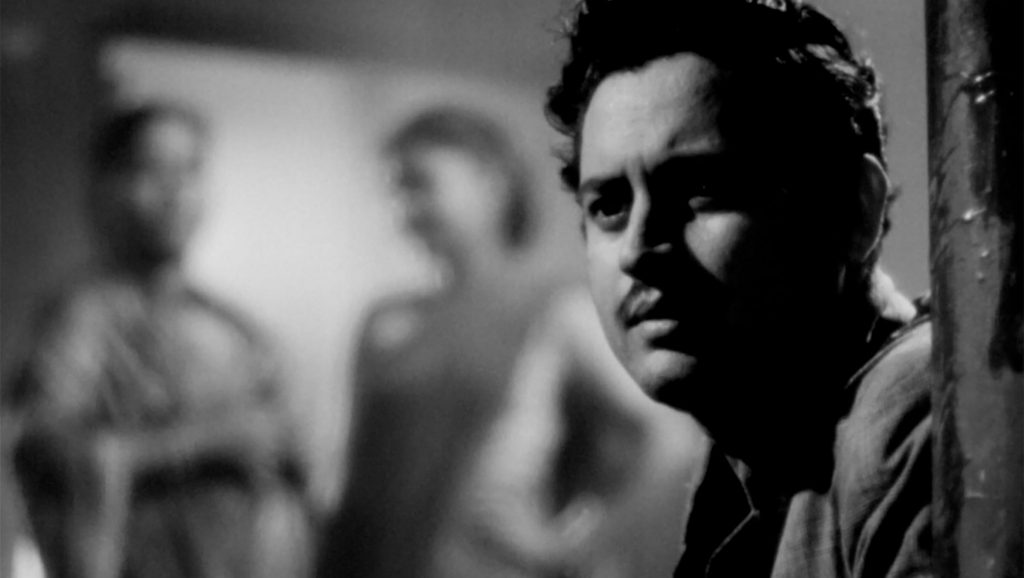Indian cinema, popularly known as Bollywood, has completed a remarkable journey of 100 years, marking a century of captivating storytelling, iconic performances, and cultural impact. From its humble beginnings to becoming the largest film industry in the world,
Indian cinema has left an indelible mark on global cinema. In this article, we celebrate the milestones and legacy of Indian cinema as
it completes a century of cinematic excellence.
The Birth of Indian Cinema:
The Indian film industry traces its origins to 1913, when the first
full-length feature film, “Raja Harishchandra,” was released.
Directed by Dadasaheb Phalke, this silent film marked the beginning of a new era in Indian storytelling. Since then, Indian cinema has evolved, embracing various genres, techniques, and technologies, and captivating audiences worldwide.
The Golden Era of Indian Cinema:
The 1950s and 1960s are often referred to as the golden era of Indian cinema. During this period, legendary filmmakers like Raj Kapoor, Guru Dutt, and Bimal Roy produced timeless classics that showcased the depth of Indian storytelling and cinematic artistry. Iconic films like “Mughal-E-Azam,” “Pyaasa,” and “Mother India”
set new benchmarks and garnered international acclaim.

Source: www.criterion.com
Global Recognition and Impact:
Indian cinema’s global recognition gained momentum in the 1990s and early 2000s when films like “Dilwale Dulhania Le Jayenge” and “Lagaan” achieved unprecedented success both at home and abroad. These films helped break stereotypes and showcased the richness and diversity of Indian culture. Today, Indian cinema enjoys a dedicated global fan base and has become a significant cultural export, transcending language and geographical barriers.
Technological Advancements:
Indian cinema has embraced technological advancements, enhancing the filmmaking process and cinematic experience. The transition from black and white to color films, the advent of sound and music, and the evolution of special effects have contributed to the growth and popularity of Indian cinema. The use of advanced technologies, digital filmmaking techniques, and visual effects has further elevated the cinematic experience for audiences.
Cross-cultural Collaborations:
Indian cinema has also witnessed an increase in cross-cultural collaborations, with filmmakers and actors from India venturing into international projects. Collaborations with renowned filmmakers, actors, and technicians from across the globe have not only opened
new avenues for creative exchange but have also helped Indian cinema gain wider recognition and global reach.
Social Impact and Representation:
Indian cinema has played a crucial role in reflecting societal issues, promoting social change, and challenging stereotypes. Films have addressed topics like gender equality, caste discrimination, LGBTQ+ rights, and mental health, sparking conversations and driving social progress. Indian cinema has also given rise to influential actors, filmmakers, and storytellers who have used their platforms to advocate
for change and amplify marginalized voices.
Legacy and Future:
The legacy of Indian cinema lies in its ability to entertain, inspire, and unite audiences. It has created a unique space for storytelling, cultural expression, and artistic exploration. As Indian cinema celebrates 100 years, it stands as a testament to the rich tapestry of narratives, unforgettable performances, and the collective imagination of generations of filmmakers and artists. Looking ahead, Indian cinema is poised to continue its journey of innovation, inclusivity, and creative brilliance.
In conclusion, the celebration of 100 years of Indian cinema is a tribute to the filmmakers, actors, and technicians who have contributed
to its growth and legacy. It is a testament to the power of storytelling and the enduring impact of Indian cinema on a global scale. As Indian cinema continues to evolve and embrace new narratives, technologies, and perspectives, it will undoubtedly shape the future of world cinema.

